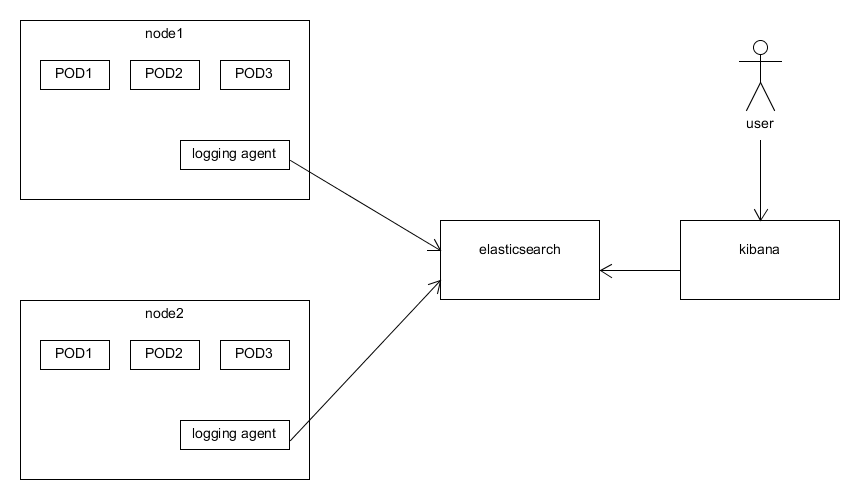

There is a post about deploying a Helm chart with Ansible - Ansible: модуль community.kubernetes и установка Helm-чарта с ExternalDNS ( Rus), at this time just a quick example.Īdd a when condition as we will deploy Logz.io to only the Production cluster: - name: "Add Logzio chart repo" when: "eks_env.startswith('prod')" _repository: name: "logzio-helm" repo_url: "" - name: "Deploy Logzio Filebit chart to the -devops-logzio-ns"
#FILEBEATS KUBERNETES INSTALL#
The Namespace is configured in the values file so let’s override it with -set, plus let's add the -create-namespace and -debug options: $ helm install - namespace=dev-1–18-devops-logzio-ns \ -create-namespace - debug \ -set secrets.logzioShippingToken='AVG***Onq' \ -set secrets.clusterName='bttrm-eks-dev-1–18' \ -set namespace=dev-1–18-devops-logzio-ns \ logzio-k8s-logs logzio-helm/logzio-k8s-logsĬheck pods: $ kubectl -n dev-1–18-devops-logzio-ns get pod NAME READY STATUS RESTARTS AGE filebeat-2qt5s 1/1 Running 0 96s filebeat-4xb44 1/1 Running 0 96s filebeat-9prr9 1/1 Running 0 96s filebeat-cth47 1/1 Running 0 96s filebeat-fgmgx 1/1 Running 0 96s filebeat-gb5ts 1/1 Running 0 96s filebeat-hs9tr 1/1 Running 0 96s filebeat-nskvg 1/1 Running 0 96s filebeat-wfgbg 1/1 Running 0 96sĪnd logs in the Kibana on the page:
#FILEBEATS KUBERNETES HOW TO#
Next, we need to fin our token and region - go to the account’s General Settings:Īs we have the default region - us-east-1, see How to look up your account region, then we can remove the secrets.logzioRegion from the Helm chart's arguments.Īlso, by default Logz.io client will be installed to the kube-system namespace, but I'd like to place it to a dedicated NS to make it easier to monitor its used resources.
#FILEBEATS KUBERNETES CODE#
Code tasks.py I have skipped other CRUD operations for simplicity. Flask Let’s build a simple task manager service using Flask framework. All code will be deployed to Kubernetes minikube cluster. In this article we will integrate a Flask micro framework with Jaeger tracing tool. Logz.io Filebeat Helm chartĪdd a repository: $ helm repo add logzio-helm “logzio-helm” has been added to your repositories Distributed applications and microservices required high level of observability.

The found solution w a Filebeat collector, see Ship k8s logs with Helm via Filebeat - let’s try it.Īt first, we will deploy it manually do a Dev cluster, and then we’ll add an Aisible task to deploy it on our Production. So, to solve this issue I’ve decided to search for similar log collectors and the second thing to do is was to able to deploy them with Ansible via a Helm chart, but Fluentd has no ready charts yet. The problem we faced is that those pods are consuming too much CPU - up to 3000 millicpu, while our WorkerNodes has only 4 cores, e.g. Logs are collected and processed by a Fluentd pod on every WorkerNode which are deployed from a DaemonSet in its default configuration, see the documentation here - logzio-k8s. We are using Logz.io to collect our Kubernetes cluster logs (also, there is a local Loki instance).


 0 kommentar(er)
0 kommentar(er)
